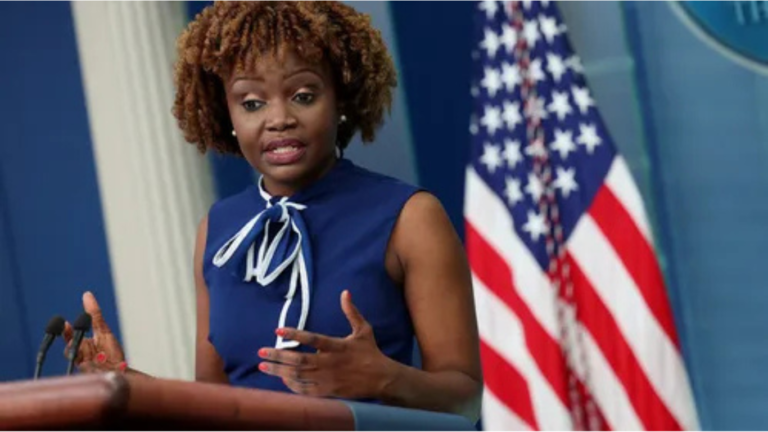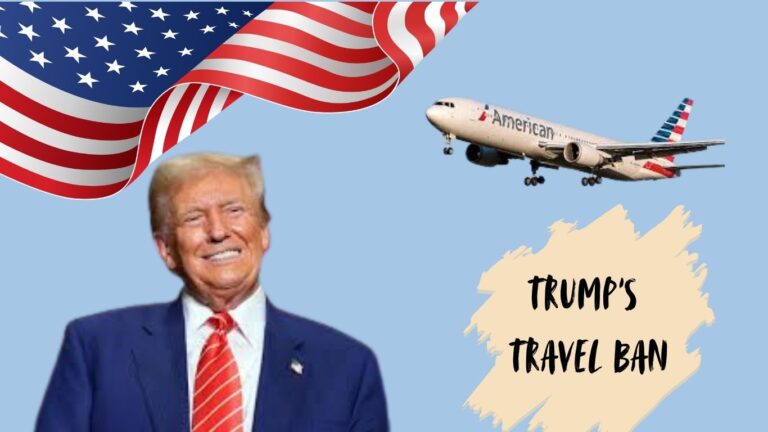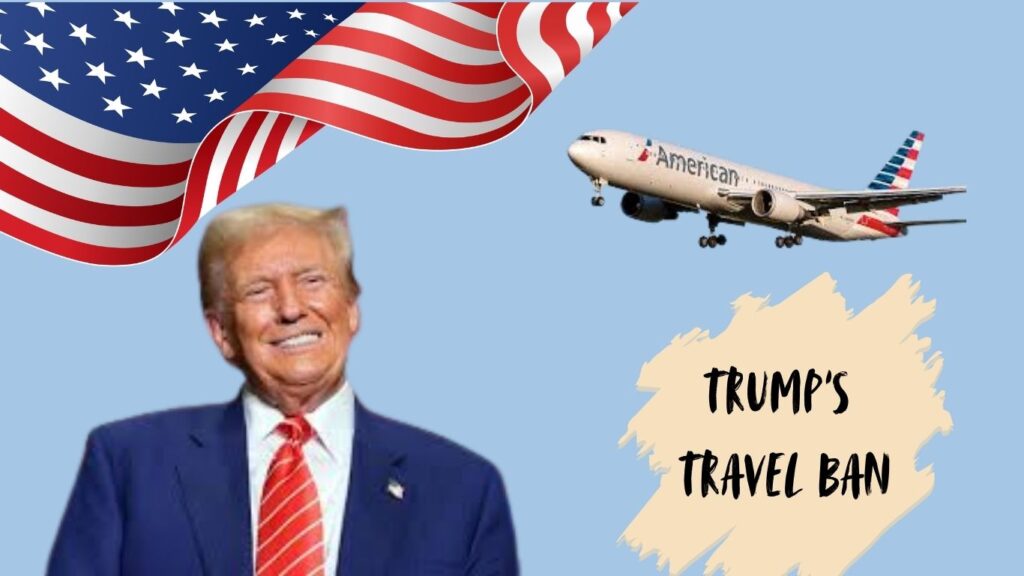During Donald Trump’s presidency and campaign trail rhetoric, few policy ideas were as eye-catching or polarizing as the so-called “Big, Beautiful Bill.” This proposal wasn’t a traditional legislative bill. Instead, it was a strategic concept intended to make Mexico “pay for the wall” by leveraging the billions of dollars in remittances sent by immigrants, especially undocumented ones, back to Mexico and other countries.
The “Big, Beautiful Bill” emerged as part of a broader strategy focused on border security and immigration reform. But the implications of taxing or blocking remittances are more far-reaching than many realize.
In this blog, we break down this idea, its feasibility, implementation challenges, and the real-world effects it could have on the global economy, especially remittance-dependent countries. We also analyze why this idea sparked so much attention and controversy.
What Is Trump’s Remittance Proposal?

The Big, Beautiful Bill was coined by Trump as a sweeping policy idea aimed at stopping illegal immigration and building a border wall between the U.S. and Mexico without burdening U.S. taxpayers. The idea was simple in theory but complex in execution: stop or tax remittance payments from undocumented immigrants to force the Mexican government to fund the wall indirectly.
The U.S. is the world’s largest source of remittance payments, with over $150 billion sent abroad each year. A large portion of this money goes to Mexico, El Salvador, Guatemala, and Honduras.
By threatening to block this critical financial flow unless Mexico made a one-time payment for the wall, Trump’s administration hoped to create economic leverage.
The Mechanics Behind the Big, Beautiful Bill
At the core of the Big, Beautiful Bill lies one question: how can the U.S. government identify and block remittance payments made by undocumented immigrants?
The Plan’s Key Steps:
- Amend Section 326 of the Patriot Act to require money transfer services (e.g., Western Union, MoneyGram) to demand legal immigration status documentation.
- Block transactions that do not meet this new identification standard.
- Create pressure on foreign governments by restricting this massive cash flow.
- Lift restrictions only if the receiving country agrees to contribute to U.S. border wall funding.
This bill aimed to weaponize economic dependency. It wasn’t just about immigration control. It was about using financial systems as leverage in international policy.
The Role of Remittances in Global Economies
Remittances are a lifeline for millions of families around the world. They help pay for:
- Food and housing
- Education
- Medical care
- Business startups
According to the World Bank, Mexico alone received nearly $60 billion in remittances in 2023, most of which originated from the United States.
For countries like:
- El Salvador: remittances make up over 20% of GDP.
- Honduras: approximately 24% of GDP.
- Guatemala: over 18% of GDP.
Cutting off or restricting these funds could destabilize entire economies.
Legal and Economic Implications in the U.S.

Economic Concerns:
- Reduced consumer spending: Immigrants often earn and spend money in the U.S. Blocking remittances might reduce their motivation to work or spend.
- Loss of market trust: Money transfer companies may lose business and reputation.
- Increased use of black-market systems: People may resort to informal and untraceable cash transfers.
Legal Hurdles:
- Blocking remittances from undocumented immigrants may require amending existing laws or creating new ones.
- Courts could challenge such actions on grounds of discrimination or constitutional violations (e.g., Fourth Amendment protections).
How the Plan Would Work: Step-by-Step Analysis
To understand how the Big, Beautiful Bill could be implemented, here’s a simplified step-by-step flow:
- Legislation Introduced: Amend the Patriot Act (or a similar statute) requiring documentation of legal status before sending remittances.
- Financial Institutions Adapt: Money transfer services implement new verification systems.
- Monitoring Begins: Only legally authorized individuals can send money abroad.
- Mexico Responds: Economic pressure may lead to negotiations.
- U.S. Leverages Compliance: Wall funding is offered as a condition for lifting restrictions.
It’s a strategic move, but filled with legal and logistical roadblocks.
Public Reaction and Political Debate
The Big, Beautiful Bill sparked major controversy on both sides of the political aisle.
Supporters Say:
- It’s a strong, creative solution for national security.
- It ensures foreign governments participate in border control.
- It saves taxpayer money.
Critics Say:
- It criminalizes immigrant communities.
- It could hurt the U.S. economy by reducing spending and investment.
- It sends the wrong message globally about the U.S. as a welcoming nation.
Public opinion remained sharply divided. For many Americans, the bill represented firm leadership. For others, it was overreach.
Global Impact: Who Would Be Affected the Most?
The countries most affected by the Big, Beautiful Bill would be those highly dependent on remittances. Beyond Latin America, other regions at risk include:
- Philippines
- India
- Nigeria
- Pakistan
U.S.-based remittance flows to these countries total billions each year. A restriction would disrupt their economic balance, potentially increasing poverty and social instability.
Case Studies: Countries Dependent on U.S. Remittances
Case Study 1: Mexico
- Over 11 million Mexicans live in the U.S.
- In 2023, Mexico received $60B in remittances.
- These funds outpaced tourism and oil exports in value.
Case Study 2: El Salvador
- 1 in 5 households depend directly on remittances.
- An estimated 20% of Salvadoran GDP comes from the U.S.
Case Study 3: Philippines
- The Philippines receives around $12B from the U.S. annually.
- A sudden drop could impact healthcare, education, and basic infrastructure.
The Debate Over Legality and Ethics
Legal Concerns:
- Discrimination: Targeting undocumented immigrants could be seen as profiling.
- Privacy Violations: Verifying legal status for a financial transaction raises data security concerns.
- Freedom of Transfer: Some argue restricting personal financial transactions infringes on human rights.
Ethical Issues:
- Is it right to punish entire populations to force international policy?
- Would blocking remittances harm children, the elderly, and vulnerable populations?
The ethical and legal questions surrounding the Big, Beautiful Bill are as pressing as the financial ones.
The Future of the Big, Beautiful Bill
Though not passed into law, the Big, Beautiful Bill remains a symbol of aggressive policy strategy. Trump and other political leaders have continued to refer to the concept, especially during discussions around border security and immigration.
It may serve as a blueprint for future administrations considering hardline approaches. However, legal, economic, and humanitarian concerns may make it difficult to implement in practice.
The Big, Beautiful Bill is more than just a catchy name. It represents a bold, controversial approach to border policy by leveraging remittances an essential lifeline for millions around the world. While the bill was never formally passed, it brought attention to the significant role remittances play in global economies and introduced new questions about how immigration, economics, and foreign policy intersect.
As we move forward, understanding the full scope of this proposal helps us prepare for future debates that blend financial tools with national policy goals.
Key Takeaways
- The Big, Beautiful Bill was a proposed method to use remittance restrictions to fund a U.S.–Mexico border wall.
- It aimed to pressure Mexico by blocking billions in annual remittances from undocumented immigrants.
- Remittances play a crucial role in the economies of Mexico, El Salvador, and other nations.
- Legal and ethical concerns make implementation challenging.
- The idea reflects a broader strategy of using economic leverage in international diplomacy.
















